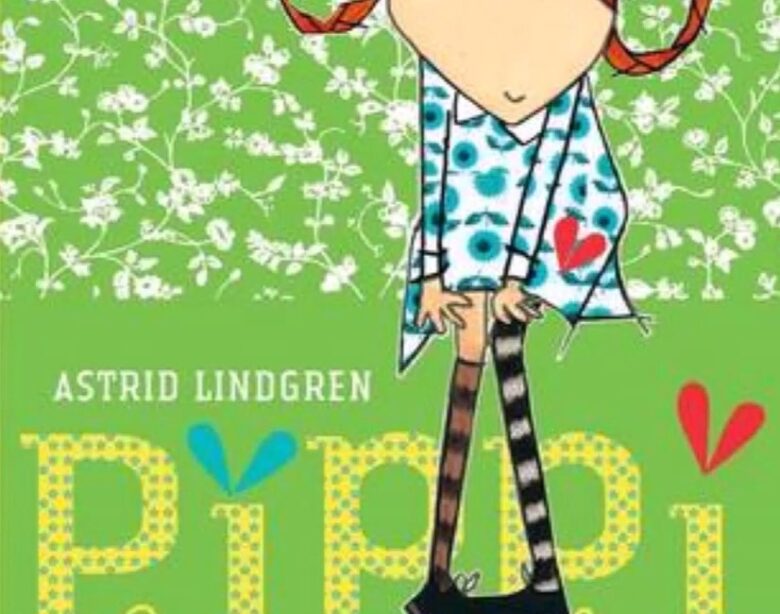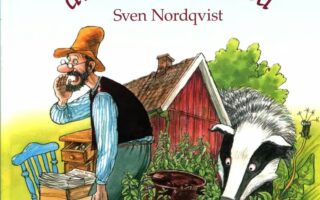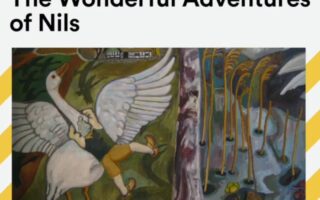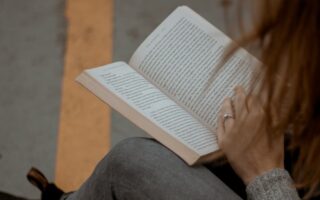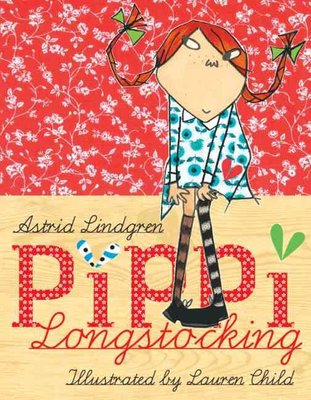
The sparkling stories about a girl with carrot-colored hair were written in the late 1940s and still remain the benchmark for new-age children’s literature, while Pippi herself – for foreigners, at least – has become a symbol of Sweden, something like Marianne for France. The figure in colorful stockings looks contradictory, to put it mildly: on the one hand, the embodiment of Scandinavian freedom, every remark a declaration of independence, on the other hand, perhaps this Marianne could use the attention of the children’s ombudsman, especially in those moments when she begins to suggest that her peers try, for example, fly agaric plants. With her Brünnhilde power, Peppi looks like a comic-book superheroine (very Swedish, not Marvelian or Danish, though she wouldn’t get lost in those either), or a bomb – and not a time bomb either. The idea of raising an obedient child on this, in a good way, shocking book is better left alone. But it is almost guaranteed to raise someone who takes the idea of equal rights for men and women very seriously; for that matter, it is after reading “Peppi” that even adult men turn into convinced feminists.
